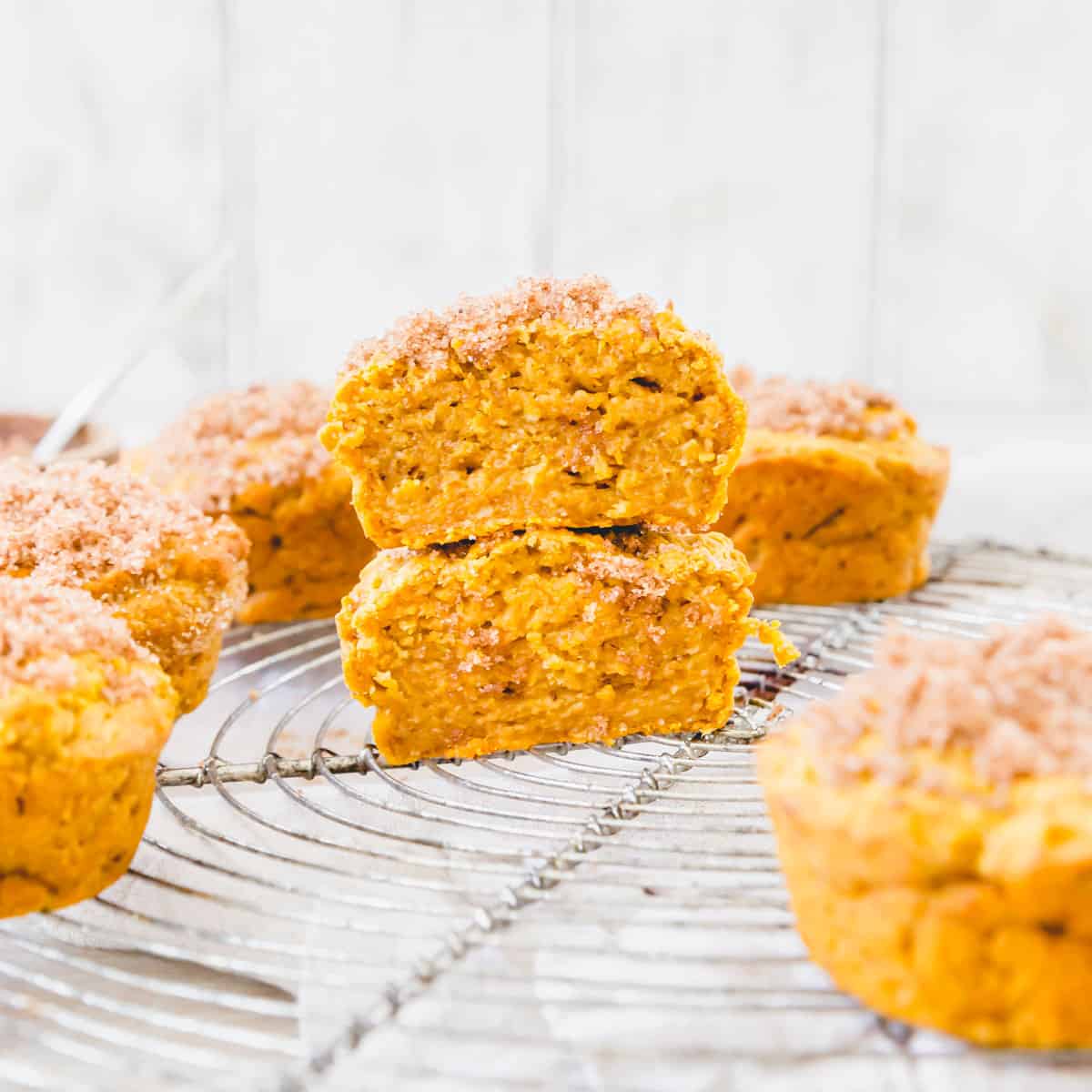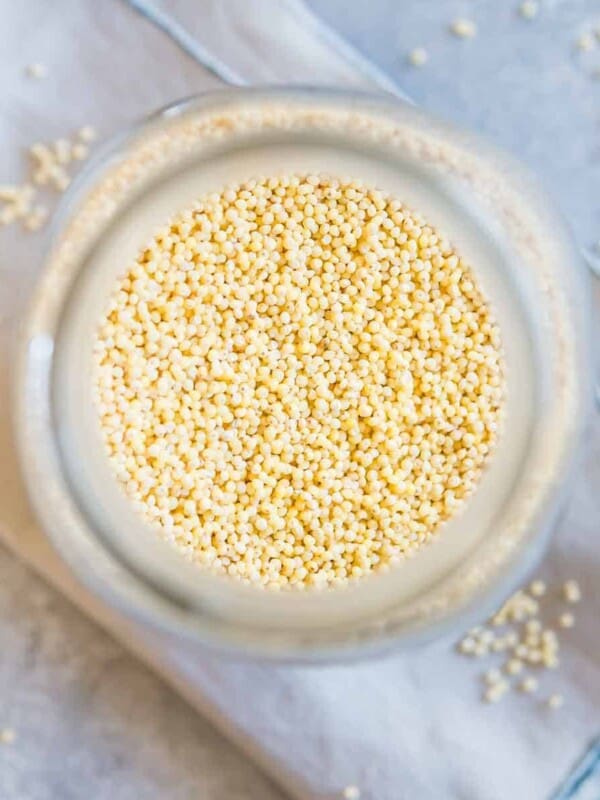Learn how to eliminate dairy from your favorite recipes with these dairy-free baking tips. When it comes to dairy-free swaps, you’ll need to know how to work them into your baked goods so that your treats come out perfect every time.

When you’re just starting out, making delicious treats at home might seem impossible without using any dairy products. But in recent years, more people have started baking dairy-free because of the multiple benefits of a dairy-free diet and there are more recipes and products available than ever before.
Now, with the multitude of new options, you can bake dairy free easily using the proper techniques and alternative ingredients and substitutes. If you have a huge sweet tooth and have to go dairy free, don’t freak out. Use these baking tips to create delicious desserts.
Expert tips on dairy-free baking
Below are six tried and tested dairy-free baking tips. Though it may seem overwhelming at first, once you get used to baking without dairy, it will become second nature and you’ll reap the benefits of going dairy-free.
1. Research suitable dairy-free alternatives
Finding the correct dairy-free alternatives for dairy products is the most crucial step in baking dairy free successfully. Every alternative has a unique flavor profile, so you must choose carefully. Here are a few dairy-free options you can consider to replace dairy products in your baked goods recipe:
- Milk replacements: Non-dairy milk is popular these days and easy to use. Some options are almond milk, cashew milk and oat milk. We use homemade hemp milk the most. In most baking recipes, you can use these substitutes in the same quantity as regular milk.
The exception to this rule is coconut milk. Full-fat coconut milk from a can is ideal for thick, creamy recipes but cannot be subbed for regular milk.
Also, know that something like chickpea milk has more protein which is great since milk is used to provide structure to baked goods.
- Butter replacements: You can use vegan butter to replace regular butter in a 1:1 ratio. Almond or cashew butter are nut butter options to enrich your baked goods recipe. I prefer to buy a dairy-free butter locally that doesn’t contain any soy oils, but there are lots of great butter substitutes.

2. Stick to dairy-free baking recipes at first
As a beginner, finding dairy replacements can add a lot of stress to the baking process. You can make mistakes and ruin perfect dishes if you don’t understand what substitute will work the best. Learn more about the best dairy-free swaps to make your transition easier.
But contrary to popular belief, there are tons of baking recipes that use no dairy products. Also, with the growth in the dairy-free practitioner population, you can easily find unlimited recipes online that don’t use dairy. I recommend sticking to such recipes when you start your dairy-free baking journey.
That way, you don’t need to worry about making changes and messing up ingredient proportions or quantities. You will feel less pressured about finding the proper dairy replacements and be successful when you bake something new.
Something like chocolate almond flour cookies is a classic dairy-free recipe perfect for beginners to get started with just like our favorite thumbprint cookie recipe.
3. Pay attention to labels for hidden dairy
Going dairy-free will be challenging, especially with dairy hidden in places and ingredients you won’t expect. Label reading thus becomes a paramount skill to learn to ensure you succeed with baking. Read labels for everything you purchase before you put it in the shopping cart or use it in your recipe.
A lot of sauces, most packaged food and baked goods contain dairy as skim milk powder is a common ingredient. So, make sure that you double check the ingredients before just grabbing them off the shelf.
“Because dairy is one of the big eight, it has to be listed on all labels, which makes it easier to identify than some other allergens. Dairy can hide in more names that sound nothing like dairy than you would expect, so this is critical when you read labels.”
Michelle Price, Honest and Truly

4. Find replacements that add moisture to baked goods
A primary role that most dairy products play in baking recipes is to add moisture to them. When you remove dairy, you must find ways to add moisture so your baked goods are fluffy. This is especially important if you bake gluten free, too, as those flours absorb more liquid.
Natural sources like fruit purees are the best way to add moisture to baked goods. For example, you can add applesauce or mashed bananas for moisture and sweetness. Dairy-free yogurt works really well, too. These can also help improve the texture.
5. Enhance flavor with spices and extracts
It might seem impossible to create a delicious dish without butter or milk. Generally, the trick is to use extracts or spices to compensate for the lack of flavoring because of dairy.
Cinnamon, nutmeg, vanilla extract and other spices and extracts are popular options in baked goods recipes. Learning more about which vanilla beans to use can also ramp up the flavor. These are some excellent ingredients that can instantly boost the taste of any recipe.
6. Coconut milk for richness
Full-fat coconut milk from the can is the key to creating ultra-rich desserts. Used properly, full-fat coconut milk can be a staple ingredient to make your own dairy-free caramel sauce, dairy-free chocolate ganache and even chocolate fudge.
“Whenever I bake, I always swap in canned coconut milk to replace dairy milk and butter-flavored coconut oil if the recipe calls for butter. If cream is called for in a recipe, I use canned coconut cream. All are super convenient, don’t have an overwhelming coconut taste and work like a charm!”
Gena, Ginger Casa

Frequently asked questions about dairy-free baking
What can replace dairy in baking?
Ingredients like milk and butter can be substituted with almond milk, oat milk or seed milk. As for butter, using dairy-free butter or coconut oil works for most baked goods.
What can you use instead of milk in a dairy-free cake?
Plant-based milk can be used as a milk replacement at a 1:1 ratio. For something like cake, you’ll want to use chickpea milk as it’s one of the highest in protein, which will help give the cake the structure it needs.
Get started and bake!
Because of dairy products’ enormous role in baking, it might sound impossible to bake without them. But that doesn’t mean you have to quit consuming baked goods altogether. Satisfy your sweet tooth and feel comfortable in your baking abilities by mastering some of the tips above.
This article originally appeared on Fit as a Mama Bear.









